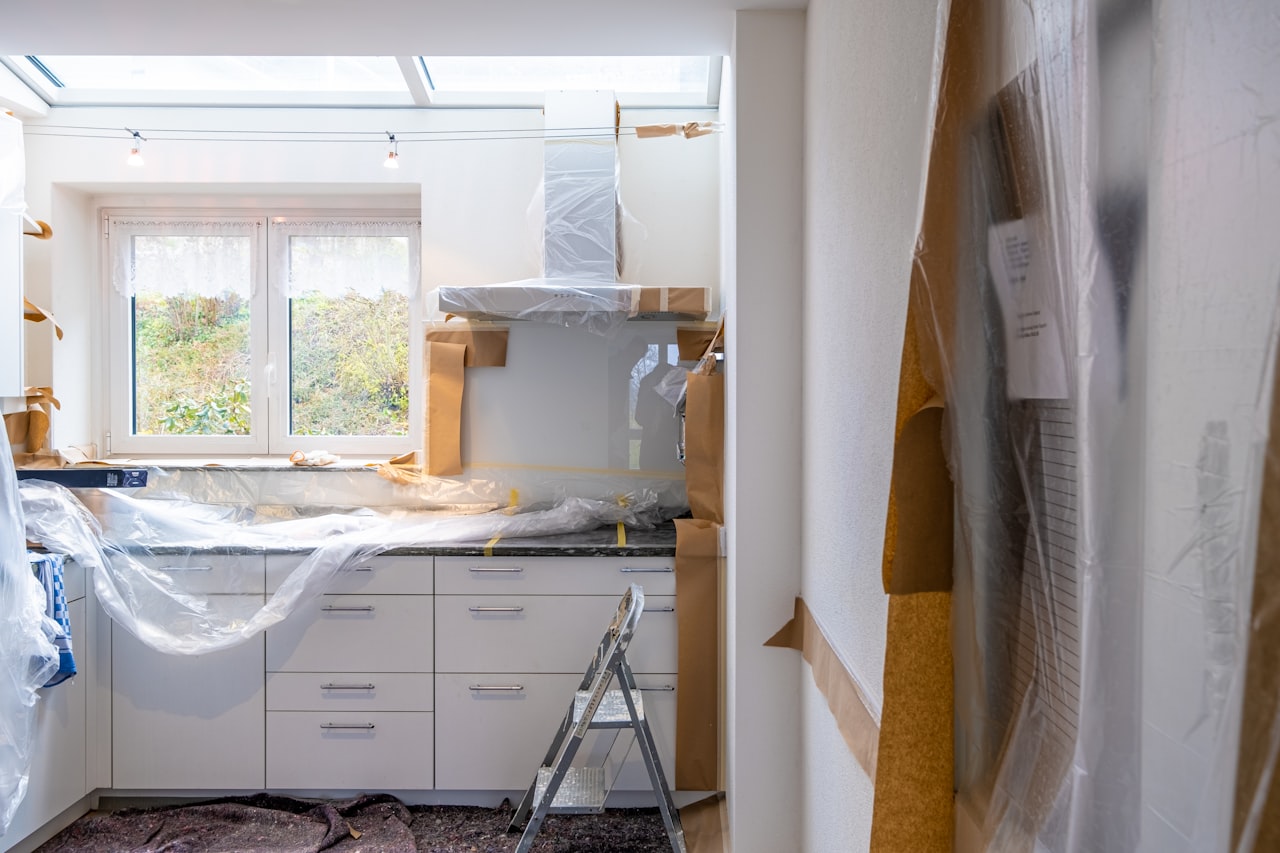Thinking about opening your basement to the backyard? A walkout can bring in light, improve flow, and make your lower level feel like real living space. If you plan it right, it can also streamline safety compliance for bedrooms and future rental potential. This guide walks you through Oakville’s permits, key code rules, grading issues, and smart design tips so you can move forward with confidence. Let’s dive in.
When a permit is required
Oakville requires a building permit for a below-grade entrance or basement walkout, as well as finishing a basement, basement apartments, underpinning, and changes to weeping tile. Review the Town’s steps and document checklist in the Building Permit Application Process to understand what drawings and inspections you’ll need. Oakville’s permit guide explains these triggers.
If your project includes new circuits or panel changes, electrical work must be inspected. Many municipalities look for an ESA letter when legalizing a suite. Learn how to obtain electrical sign-off through this ESA guidance for additional residential units.
Key OBC safety rules
Ontario’s Building Code sets the technical standards for exits, alarms, stairs, and more. Oakville enforces these rules through your permit. You can explore the code text here: O. Reg. 332/12 on Ontario e‑laws.
Egress and bedrooms
- A true door to grade at the basement level can satisfy the egress requirement for that floor. This is why a walkout often simplifies compliance for basement bedrooms.
- If you rely on an egress window, typical OBC minimums cited by municipal guides include about 0.35 m² of unobstructed openable area and a minimum clear dimension around 380 mm. Confirm exact measurements with Oakville at permit stage.
- If a below-grade egress window needs a well, provide clear space in front. Many municipal guides cite at least 550 mm of clearance. See an example in this basement finishing guide.
Alarms and fire separation
- Expect hardwired, interconnected smoke alarms and carbon monoxide alarms in locations the code requires, including near sleeping areas and on every level when applicable.
- If you plan a separate basement unit, a fire separation between units is typically required. Doors may need self-closers and specific ratings depending on the design.
Stairs, landings and guards
- New exterior stairs must meet OBC rules for tread depth, riser height, minimum width, handrails, guards, and landings. Your permit drawings should show stair and landing dimensions, plus guard and handrail details.
Site and grading factors in Oakville
Getting drainage and grading right will make or break a basement walkout.
- Oakville enforces lot grading and retaining wall standards. The Town notes drainage space behind retaining walls and often expects a setback from property lines for drainage, commonly about 0.3 m. See Oakville’s Property Drainage & Grading guidance.
- If your property is near a creek, ravine, shoreline, or wetland, you may be in a Conservation Halton regulated area. Grading or excavation there can require additional permission. Review Ontario’s Conservation Authority regulation and check your address early.
- Cutting a door into the foundation affects frost protection and the foundation drainage system. Oakville’s permit process calls out underpinning and weeping tile changes, so expect to show waterproofing and drainage details on drawings. See the Town’s permit page.
Smart design tips that work
A few thoughtful choices can prevent water issues and inspection delays.
- Use the walkout to simplify egress. A grade-level door can satisfy basement egress, which can be simpler than installing new egress windows and wells.
- Detail the threshold for water control. Include a sill pan, proper flashing, and positive drainage. Where needed, add a trench or dedicated drain that ties into approved foundation drainage.
- Engineer retaining walls and steps. Tall walls often require engineered drawings and proper drainage behind. Install guards and handrails where required. Oakville’s grading guidance is a helpful reference point.
- Waterproof thoroughly. Add exterior membrane, correct backfill, and integrate with the weeping tile or sump. Poor detailing is a common cause of leaks after walkout installations.
- Plan ventilation and comfort. Basements often need insulation upgrades and mechanical ventilation. If you are creating a separate unit, consider separate heating control and confirm combustion appliance venting meets code.
If you want a legal suite
Thinking about a basement apartment with its own entrance? Start with zoning.
- Check Oakville’s Zoning By‑law 2014‑014 to see if an accessory apartment is permitted on your lot and what conditions apply, such as size, entrance placement, and parking. Review the zoning by‑law and maps.
- Get a building permit and all final inspections. Keep the stamped drawings and occupancy documentation. If electrical work was done, keep your ESA letter. These records matter for insurance, renting, and resale.
Budget and timeline basics
Costs vary with foundation type, grading, and engineering. Here is what typically drives price and time.
- Egress window with well. Often in the low to mid thousands, with waterproofing and drainage adding cost. See a practical overview of cost factors in this egress window cost guide.
- Full walkout with door and stairs. Generally higher due to excavation, retaining walls, drainage, and structural work. Underpinning for headroom is a specialized and costly task.
- Typical sequence and timing. Allow 1 to 2 weeks for feasibility checks, 2 to 6+ weeks for design and permit drawings, and several weeks for Town review. Conservation or complex structural work can extend timelines.
How this affects resale
A well-executed walkout adds natural light, better access, and flexible use of space. For buyers and appraisers, documentation matters. Keep your permit approvals, final inspection reports, ESA letter, and any conservation or grading certificates. These give future buyers confidence and can support value.
Ready to talk through the options for your Oakville property and how a walkout could play into your sale or purchase strategy? Reach out to the Larose Team for local guidance, vetted vendor referrals, and a clear plan.
FAQs
Do I need a building permit for a basement walkout in Oakville?
- Yes. The Town lists below-grade entrances, basement finishing, underpinning, and drainage changes as permit-required work. Expect drawings and inspections.
What are the minimum egress window sizes under Ontario’s code?
- Municipal guides commonly cite about 0.35 m² of openable area and a minimum clear dimension around 380 mm, but you should confirm exact numbers with Oakville at permit stage.
How close to a property line can I build retaining walls for a walkout?
- Oakville expects drainage space and proper wall drainage, often with a setback from the lot line. An engineered design may be required for taller walls.
What if my yard backs onto a ravine or creek?
- You may be in a Conservation Halton regulated area, which can require separate permission before excavation or grading. Check this early to avoid delays.
Will a walkout increase my home’s value when I sell?
- Often yes. Walkouts improve light and access, and they can simplify legal suite layouts. Value depends on execution quality, documentation, and local market conditions.



































































































